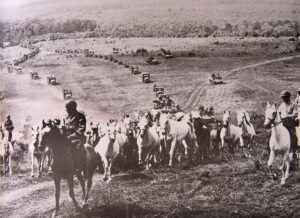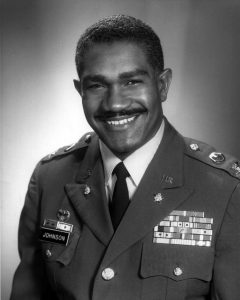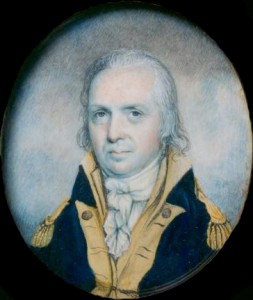
October 2016 marks the fifteenth anniversary of the beginning of Operation ENDURING FREEDOM, the ongoing conflict in Afghanistan against al Qaeda and the Taliban. Following the 11 September 2001 attacks on the United States by Islamic terrorists affiliated with al Qaeda (led by Osama bin Laden) that killed over 3,000 people, including dozens of soldiers and Army civilians in the Pentagon. On 7 October, U.S. Navy and Air Force aircraft began conducting air strikes against al Qaeda and Taliban targets in Afghanistan.

Ground operations commenced on 15 October and were first led by elements of the 5th Special Forces Group (Airborne) and various Special Operations units. These forces were soon followed by the deployment of Rangers to provide additional firepower. Soon, these elements were assisting Afghan forces from the Northern Alliance in driving the Taliban from power. On 14 November, Kabul, the capital of Afghanistan, fell. Al Qaeda and Taliban fighters seemed all but defeated and on the run as they fled to their mountain sanctuaries in the Tora Bora region of eastern Afghanistan. There was, however, no early victory—despite intense air strikes on Tora Bora, many enemy fighters, including bin Laden, were able to flee across the border to safety in Pakistan.

By early 2002, additional troops arrived in Afghanistan, including elements of the 10th Mountain and 101st Airborne Divisions. Soldiers from both of these units, along with Special Operations troops, took part in Operation ANACONDA, the first major engagement against al Qaeda and Taliban forces since the early weeks of ENDURING FREEDOM, in March 2002. The bitterly fought battle proved that insurgent forces were far from defeated and provided evidence that the war in Afghanistan would be a long one.
In the fifteen years of fighting in Afghanistan, American forces have suffered approximately 21,000 casualties, with the vast majority being soldiers. In addition to U.S. casualties, thousands more from NATO, as well as Afghan troops and civilians, have been killed or wounded. While in recent years, the number of U.S. troops has significantly declined as Afghan forces have assumed more responsibility for combat operations, several thousand American servicemen will remain in Afghanistan for the foreseeable future in what has become the longest continuous conflict in U.S. history.





